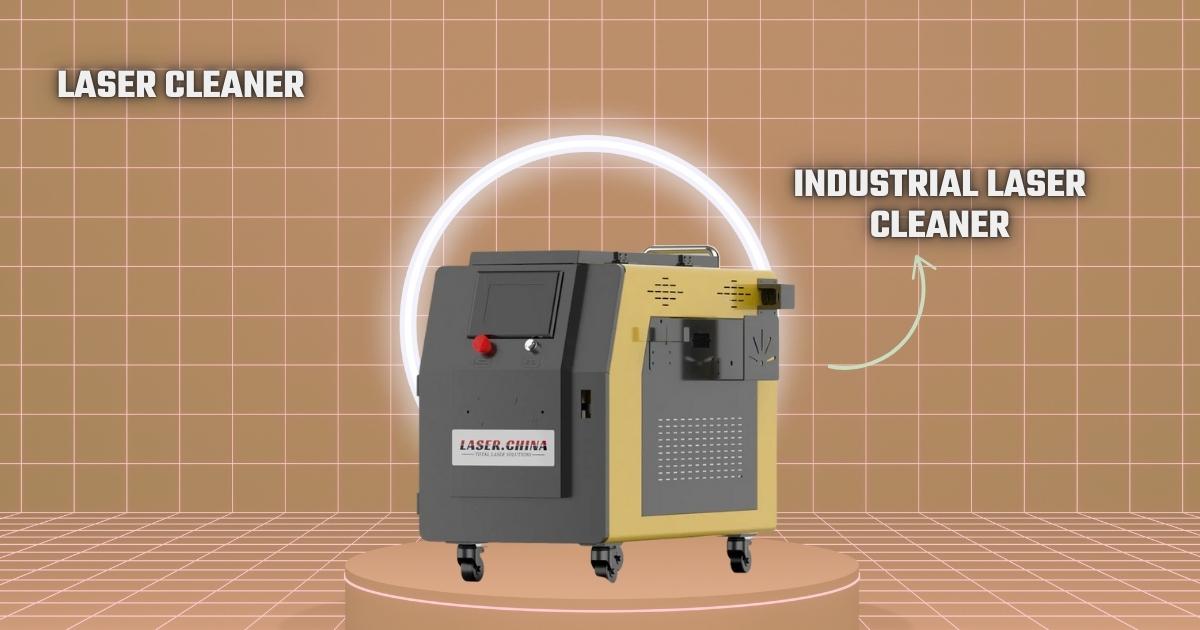Notifications

7 minutes, 8 seconds
-140 Views 0 Comments 0 Likes 0 Reviews

Laser paint stripping is an advanced technology used to remove paint, coatings, and other surface contaminants from a variety of materials using high-powered laser beams. It is an environmentally friendly, precise, and effective alternative to traditional paint removal methods like sandblasting, abrasive cleaning, or using chemical solvents. The laser works by focusing intense light onto the painted surface, causing the paint to heat up, expand, and ultimately detach from the substrate without damaging the underlying material. This method has gained significant attention across industries, particularly in automotive, aerospace, and manufacturing sectors, due to its precision, efficiency, and minimal environmental impact.
How Laser Paint Stripping Works:
Laser paint stripping works by utilizing concentrated laser energy to target the paint layer and remove it from the surface. The process begins when a laser beam, generated by a laser source, is directed onto the painted surface. The laser light interacts with the paint, rapidly heating it. As the paint absorbs the laser energy, it expands and vaporizes. The laser pulses are short and high-intensity, causing the paint to detach from the material and be blown away by the force created by the rapid expansion of gases.
Unlike traditional methods that physically scrape or dissolve the paint, laser stripping is a non-contact process. This means the laser does not touch the surface being cleaned, which significantly reduces the risk of damage. The precise control of the laser beam allows for targeted stripping, focusing only on the paint without affecting the underlying substrate, whether it be metal, plastic, wood, or other materials.
Advantages of Laser Paint Stripping:
Precision and Control: One of the most significant benefits of laser paint stripping is the precision it offers. The laser can be finely controlled, allowing for accurate removal of paint, even in intricate or hard-to-reach areas. The ability to focus the beam ensures that only the unwanted paint is removed, without damaging the underlying surface. This is particularly beneficial for delicate components or intricate parts that would be damaged by mechanical or abrasive methods.
Environmentally Friendly: Laser paint stripping is an eco-friendly alternative to traditional methods, which often involve toxic chemicals, solvents, or abrasives. The process does not produce hazardous waste or pollutants, and there is no need for harmful chemical treatments or solvents that can be harmful to the environment. This makes laser paint stripping a sustainable option for industries looking to reduce their environmental footprint.
Minimal Wear and Tear: Since laser stripping is a non-contact process, there is no physical abrasion involved. This reduces the risk of damaging the underlying surface, unlike abrasive cleaning methods that can cause scratches, gouges, or wear on the substrate. Laser paint stripping is ideal for applications where maintaining the integrity of the material is critical.
Cost-Effective in the Long Run: While the initial cost of investing in laser paint stripping equipment may be higher than traditional paint removal methods, the long-term benefits often outweigh the initial expense. Laser technology is highly efficient, and the equipment requires minimal maintenance. Additionally, it reduces labor costs, as the process is faster than manual or chemical stripping, and there is no need for purchasing consumables like abrasives or chemicals.
Time Efficiency: Laser paint stripping is faster than traditional methods, allowing operators to remove paint from surfaces with minimal downtime. The laser can cover large areas quickly, which increases productivity in industries where quick turnaround times are essential, such as automotive or manufacturing.
Applications of Laser Paint Stripping:
Automotive Industry: In the automotive industry, laser paint stripping is used to remove old paint and coatings from vehicle parts before repainting or repair. It is also used for stripping coatings on metal components to ensure a smooth, clean surface for further processing.
Aerospace Industry: Aircraft maintenance and restoration often require the removal of layers of paint and coatings without damaging the underlying metal or composite materials. Laser stripping is a preferred choice in this field because it provides a clean, efficient method for removing paint and preparing surfaces for inspection or repainting.
Historical Restoration: Laser paint stripping has found applications in the restoration of historical buildings, statues, and artifacts. The ability to remove layers of paint without damaging the original material is invaluable in preserving cultural heritage while ensuring that restorations are done carefully and accurately.
Marine Industry: In the marine industry, boats and ships often need their hulls or other parts cleaned of marine coatings, rust, and old paint. Laser paint stripping is an effective solution for these applications, as it prevents damage to the structure of the vessel while providing an efficient cleaning method.
Conclusion:
Laser paint stripping offers numerous advantages over traditional paint removal methods, including precision, environmental friendliness, and minimal risk of surface damage. It is a highly effective solution for removing coatings from a variety of surfaces, from metal to plastic to wood, and is increasingly being used across multiple industries, including automotive, aerospace, and restoration. As laser technology continues to advance, it is expected that laser paint stripping will become even more widely adopted for its efficiency, sustainability, and cost-effectiveness, providing a cleaner, safer, and more precise way to prepare surfaces for further processing or refinishing.

